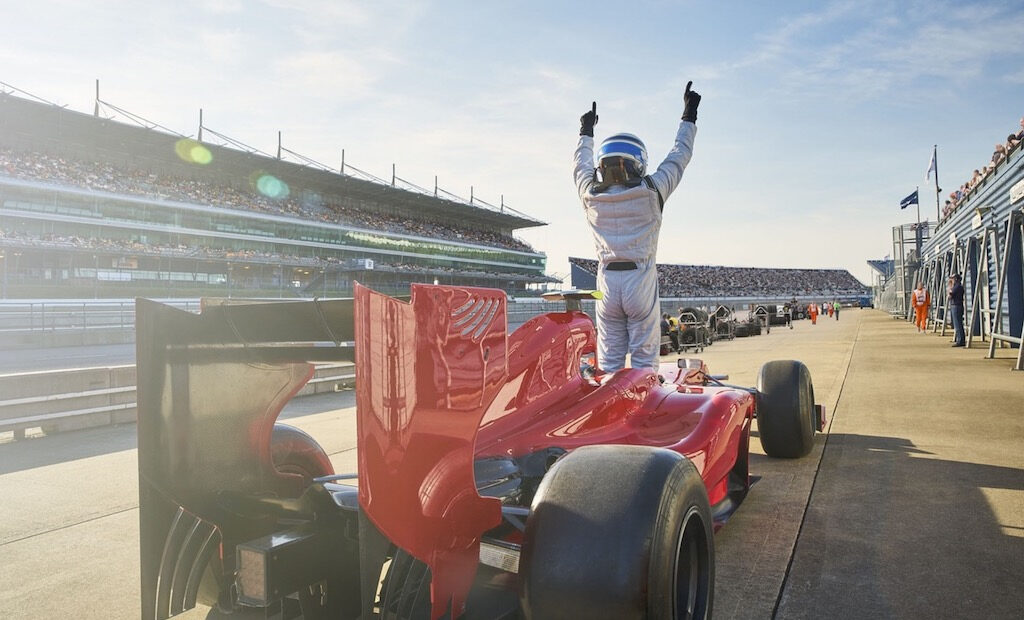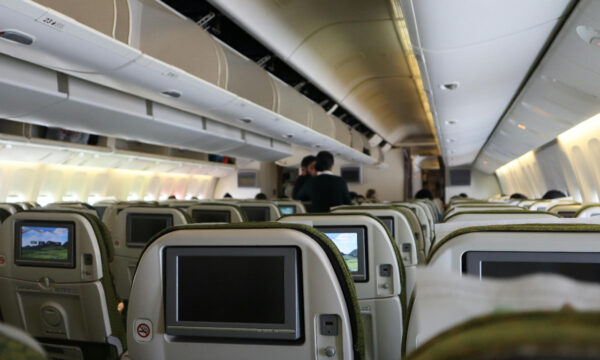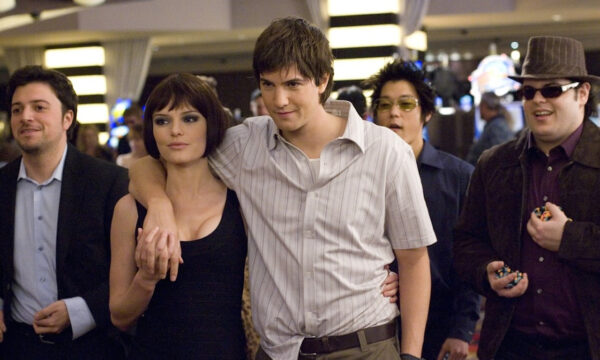Female drivers still chasing F1 dream

Google the words “women grand prix” and the first two results which emerge are surprising ones: they both concern chess championships.
But Susie Wolff is making tracks in the high-powered world of Grand Prix formula One Racing, and says there is no reason why women can’t compete in a race in the future.
At the start of July the Williams test driver became the first woman to take part in a Formula One race weekend for 22 years, following on from Giovanna Amati in 1992.
Wolff’s first test drive was a disappointment, as her car spluttered to a halt after just four laps of Silverstone with mechanical problems. The car engine was reaching the end of its life and the problem was therefore not unexpected.
Next up was Hockenheim and there were even earlier mechanical problems, but this time she returned to the track moments later, eventually finishing 15th on the timesheets. Her speed was just a quarter of a second slower than Felipe Massa.
Wolff has said that making the next step up to actually participating is her ultimate aim. Unfortunately she has no option to race in 2015 among the 24 participants, despite her impressive showing in Germany, and at 31 her age may count against her. So the question remains – when will the next female driver break through? And what is stopping them?
Certainly previous female drivers’ results do not fill the grand prix fan with confidence. The five former competitors, reaching back to 1958-59, have gained a total of 0.5 points.
Three of those drivers – Desire Wilson, Divina Galica and Amati – did not even qualify for a single race. The latter was replaced by Damon Hill who fared rather better, but also had teething problems with the same car in which Amati had struggled
Maria Teresa de Filippis managed a fruitless three races more than 50 years ago, but the exception was Lella Lombardi who gained half a point in Spain in 1975, finishing sixth. The race had been shortened so authorities awarded half a point rather than one, her only success from 12 starts.
Since Amati few have come close to participating in a race weekend. The ultimately tragic Maria De Villota tested Renault cars successfully but was involved in a horrific accident in 2012, in which she lost an eye. She bravely battled back, but died of natural causes in 2013.
Grand Prix racing is a fierce environment. Only the most dedicated, talented, tough racers make it through to the Grand Prix track, whether they are male or female. Statistically the odds are against any driver of either sex making it to Catalunya, Monaco or Bahrain.
But in reality the vast, overwhelming majority of racers, from junior go-karters to stock car drivers to touring car drivers, are male. But this should not be the case. Recent statistics revealed that there are an almost even number of male and female road users in Britain, with Women also winning in the safe driver stakes.
However, because there are so few examples of female grand prix drivers, there are few role models for aspiring competitors. But research from Formula Medicine training centre suggests that the physical differences between men and women may not be as important at the high level as mental toughness – an efficient brain might be enough to close the differences in strength. So it might just take a brave F1 boss who is willing to risk their reputation to see a female take to the track.
In 2012 Wolff, then in her seventh season in the German Touring car championships, predicted to the BBC that a woman driver would participate in a Grand Prix within a decade. A fifth of that timespan has gone already – but the aforementioned Hill had only competed in two Grand Prix races by 33, so not all hope is lost.
Amanda Walters























Facebook
Twitter
Instagram
YouTube
RSS